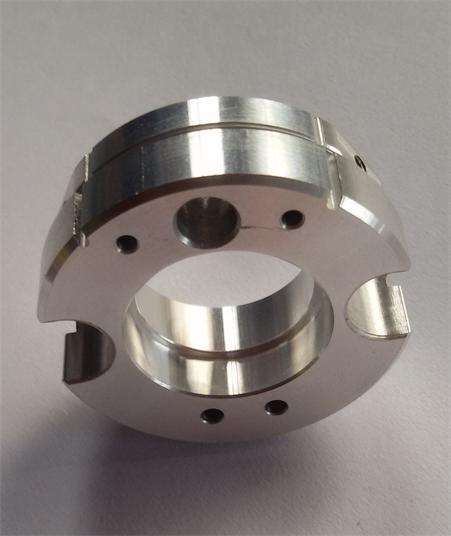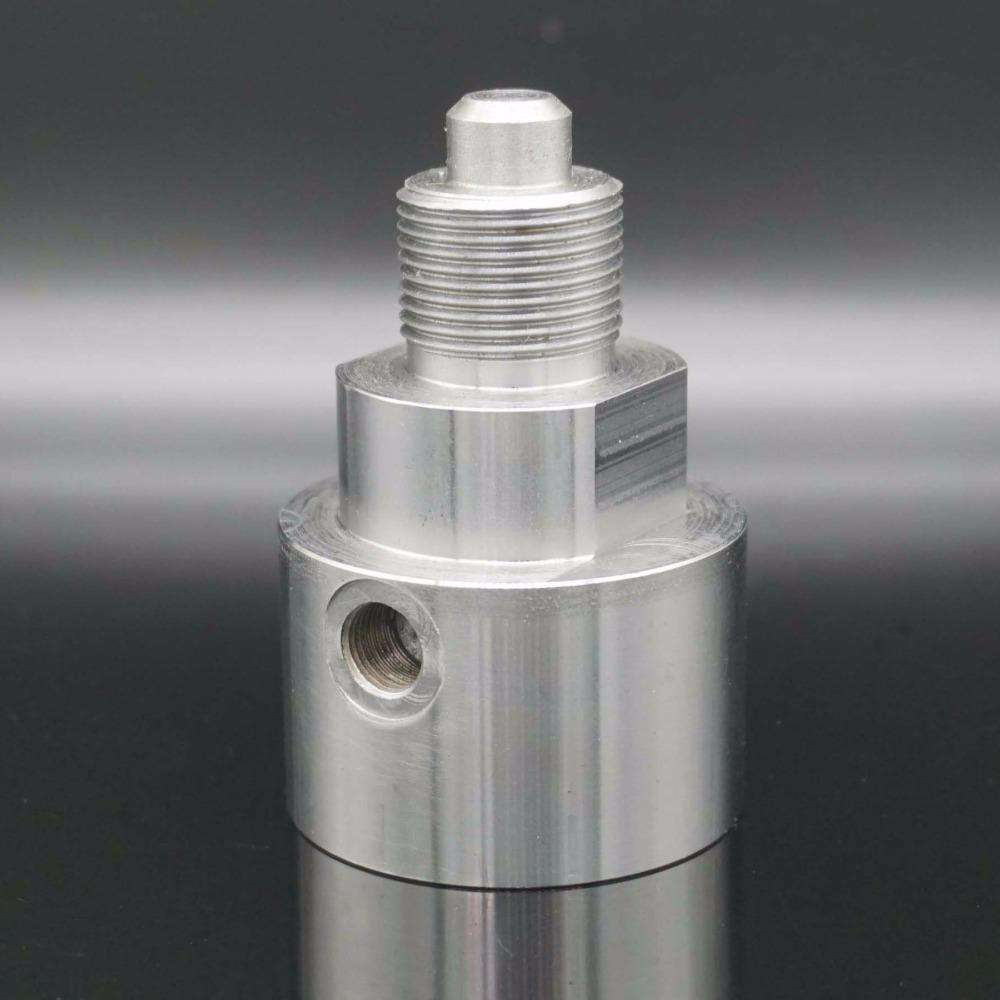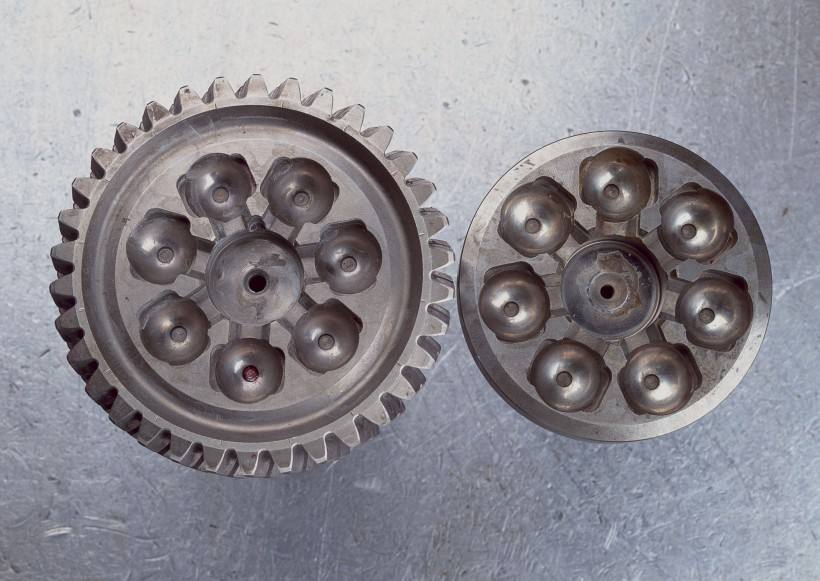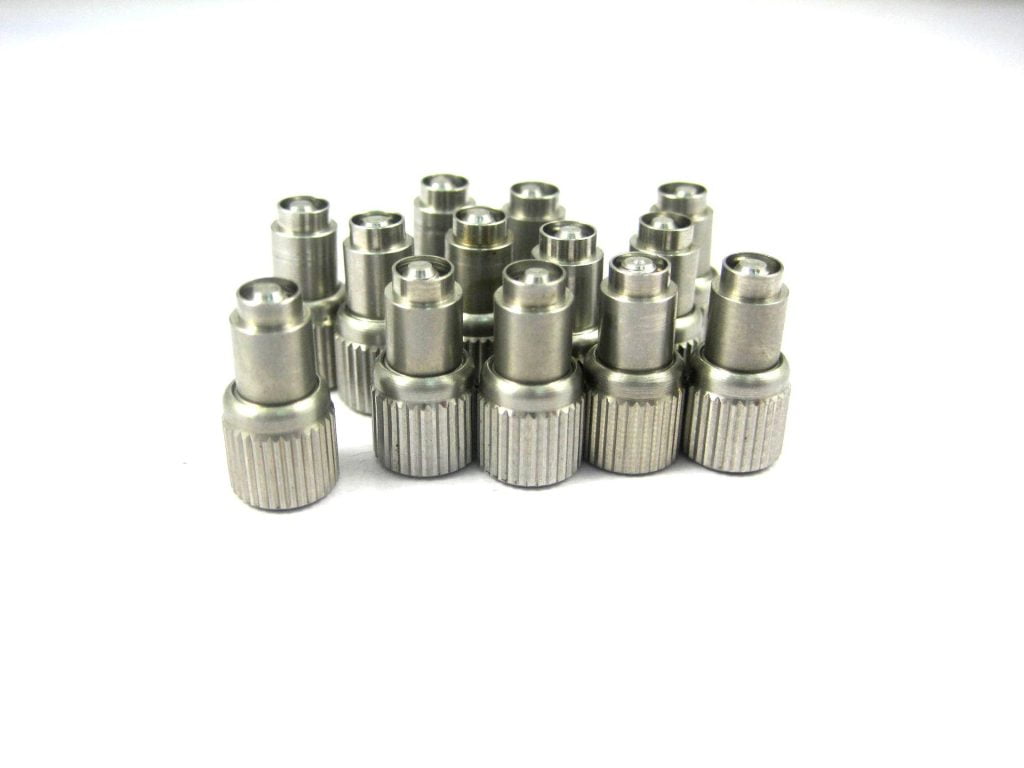With the market demand for investment casting, the organization of each region of a large titanium alloy casting product was quantitatively evaluated, the correlation between the surface structure and the internal structure of the casting was analyzed, and the sample selection and observation principles in the evaluation of the casting body structure were discussed. The results show that the average grain size and the half width of grain size distribution obtained from the surface layer, center layer and section of the casting body increase linearly with the increase of casting thickness. The grain size distribution of the surface layer and center layer is similar and normal, and the section microstructure distribution is skewed. According to the characteristics of titanium alloy castings, it is suggested that the surface structure should be used to evaluate the uniformity of the casting structure in the evaluation of the body structure of large and complex precision titanium alloy castings.

With the market demand for investment casting, the organization of each region of a large titanium alloy casting product was quantitatively evaluated, the correlation between the surface structure and the internal structure of the casting was analyzed, and the sample selection and observation principles in the evaluation of the casting body structure were discussed.

The results show that the average grain size and the half width of grain size distribution obtained from the surface layer, center layer and section of the casting body increase linearly with the increase of casting thickness. The grain size distribution of the surface layer and center layer is similar and normal, and the section microstructure distribution is skewed.
According to the characteristics of titanium alloy castings, it is suggested that the surface structure should be used to evaluate the uniformity of the casting structure in the evaluation of the body structure of large and complex precision titanium alloy castings.
stainless steel precision casting details process characteristics:
1. Because the compression of stainless steel investment casting greatly exceeds that of cast iron, in order to avoid the defects of shrinkage cavity and porosity of castings, most of the casting processes adopt such measures as riser, chill and subsidy to achieve sequential solidification.

2. Due to the poor fluidity of the molten steel, the wall thickness of the steel casting cannot be less than 8mm to prevent cold shut and insufficient pouring of the steel casting; The structure design of the gating operation system strives to be simple, and the section size is larger than that of cast iron; Adopt dry or hot casting mold; Properly, the working temperature of concrete pouring can be increased, which is generally 1520 °~1600 ℃. For the high temperature in the pouring process, the overheating degree of molten steel is large, and the time to maintain a liquid state is long, the fluidity analysis can be effectively improved. However, if the pouring temperature is too high, it will cause different defects such as coarse grain structure, hot cracking, porosity and sand sticking.
3. Therefore, generally, the casting temperature of small, thin wall and complex shape castings is about the melting point temperature of steel+150 ℃, while the casting temperature of large and thick wall castings is about 100 ℃ higher than the melting point.
Second, difficulties in stainless steel precision casting processing:
1. The processing softening of stainless steel precision casting is tight: the processing softening bias is large during cutting, and the tool is cut in the processing softening area, which shortens the tool life.

2. High cutting force, high cutting temperature: this material has high strength, large shear stress, large plastic deformation during cutting, and large cutting force. In addition, the thermal conductivity of the material is extremely poor, and the high temperature is often concentrated in the narrow and long area near the cutting edge of the tool, thus accelerating the wear of the tool.
3. Stainless steel precision casting process is easy to stick the knife: no matter any stainless steel has the characteristics of strong and tough chip and high cutting temperature. When hard chips flow through the rake face, they wear faster.
4. The tool wear is accelerated. The materials generally contain elements with high melting point, high plasticity and high cutting temperature, which make the tool wear faster, sharpening and tool changing more frequently, thus affecting the production efficiency and increasing the tool use cost.












